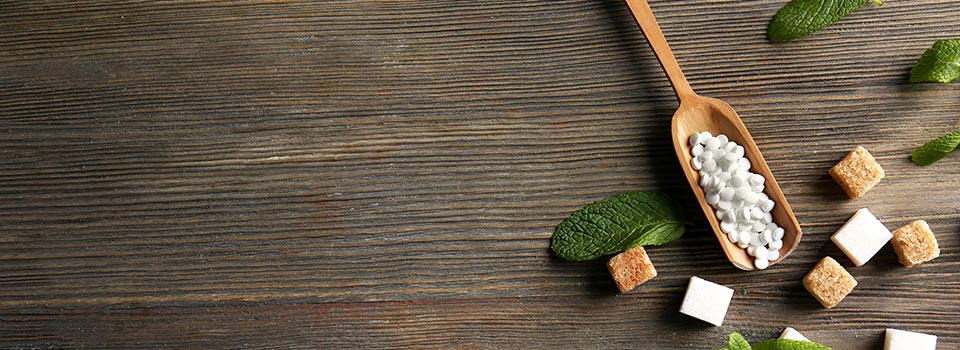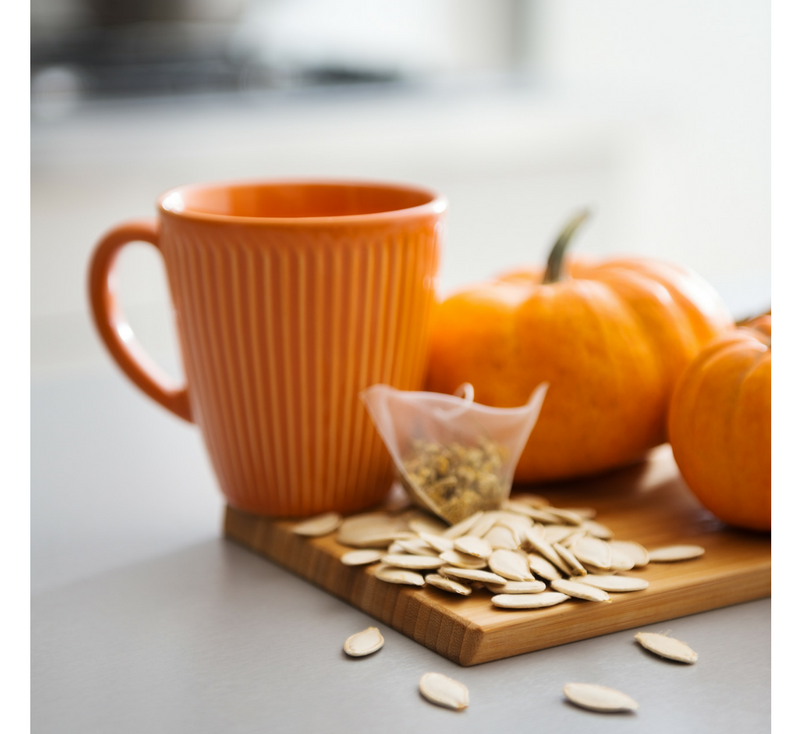By: Jill Weisenberger, MS, RDN, CDE, FAND —
It’s common for dieters to bump up their exercise, trim portions, eat more low-calorie foods and make other positive lifestyle changes. But should people who aren’t worrying with their weight make these changes? Here are three healthy living strategies worth doing whether we want to lose weight or not.
Healthy Habit #1: Move!
Exercise does far more than burn calories. Yes, it does help manage weight, but even without weight loss, exercise improves insulin resistance and decreases markers of chronic inflammation. Regular exercise is associated with reduced risks of heart disease, some cancers, type 2 diabetes, high blood pressure and more. It strengthens bones and muscles, improves mood and increases your chances of living both longer and healthier.[i] [ii] So how much exercise is necessary? Guideline #1 is any exercise (even 5 minutes) is better than none.
The Center for Disease Control and Prevention (CDC) recommends the following for healthy adults:
- 150 minutes of moderate-intensity aerobic activity each week
- At least two muscle-strengthening sessions each week that cover legs, hips, back, abdomen, chest, shoulders and arms
And don’t forget to be active between exercise sessions. Long periods of sedentary behavior are also unhealthful.
Healthy Habit #2: Cut Back on Added Sugars
A mere tablespoon of added sugar or honey contributes 45 – 60 calories, which can add up fast for anyone watching calories. But excessive added sugars are linked to poor health in ways other than weight gain. The American Heart Association recommends limiting added sugars to reduce the risk of dying from heart disease.[iii] Added sugars may contribute to elevated triglycerides and other metabolic abnormalities.
Healthy Habit #3: Load Up on Non-starchy Vegetables
Non-starchy vegetables like carrots, kale and cauliflower add only about 20 or so calories per ½ cup. Plus, they’re very filling, making them a calorie counter’s good friend. But these nutritional powerhouses are so much more. They provide fiber, potassium, magnesium, folate, and vitamins A, C and K. And they’re brimming with health-boosting phytochemicals, natural plant compounds that interact with other nutrients to shield us from disease. A healthy diet rich in vegetables is linked to lower blood pressure and healthier hearts. It lowers the risk of stroke, type 2 diabetes and several cancers too. The federal government’s MyPlate recommends that adults eat at least two to three cups of vegetables daily.
Take steps today to improve your chances for living a long, happy, healthy life. Take a walk, eat vegetables with every lunch and dinner and cut back on added sugars.Resources[i] CDC guidelines on exercise: http://www.cdc.gov/physicalactivity/basics/pa-health/
[ii] Sedentary Behaviors and Subsequent Health Outcomes in Adults Thorp AA, Owen N, Neuhaus M, and Dunstan DW
[iii] American Heart Association. http://www.heart.org/HEARTORG/GettingHealthy/NutritionCenter/HealthyEating/Added-Sugars-Add-to-Your-Risk-of-Dying-from-Heart-Disease_UCM_460319_Article.jsp
Jill Weisenberger, MS, RDN, CDE, FAND has worked as both a nutrition counselor and a diabetes educator in the hospital and research settings, and now in private practice in Newport News, VA. Jill is the author of Diabetes Weight Loss – Week by Week and two upcoming books, The Overworked Person’s Guide to Better Nutrition and 21 Things You Need to Know about Diabetes and Your Heart. She is a member of the Academy of Nutrition and Dietetics, the American Association of Diabetes Educators and the American Diabetes Association. Follow Jill on Twitter @NutritionJill and find more at www.JillWeisenberger.com.




 Jessica Levinson, MS, RDN, CDN is a registered dietitian nutritionist and culinary nutrition expert. She has extensive experience as a recipe developer, writer, editor, and speaker. She is the co-author of We Can Cook: Introduce Your Child to the Joy of Cooking with 75 Simple Recipes and Activities (Barron’s, 2011), past columnist for the Culinary Corner column in Today’s Dietitian Magazine, and maintains a popular blog at
Jessica Levinson, MS, RDN, CDN is a registered dietitian nutritionist and culinary nutrition expert. She has extensive experience as a recipe developer, writer, editor, and speaker. She is the co-author of We Can Cook: Introduce Your Child to the Joy of Cooking with 75 Simple Recipes and Activities (Barron’s, 2011), past columnist for the Culinary Corner column in Today’s Dietitian Magazine, and maintains a popular blog at 
 Jill Weisenberger, MS, RDN, CDE, CHWC, FAND has worked as both a nutrition counselor and a diabetes educator in the hospital and research settings, and now in private practice in Newport News, VA. Jill is the author of
Jill Weisenberger, MS, RDN, CDE, CHWC, FAND has worked as both a nutrition counselor and a diabetes educator in the hospital and research settings, and now in private practice in Newport News, VA. Jill is the author of 
 Carolyn Reynaud, MS, RD, LD is a licensed registered dietitian and a paid contributor to SteviaBenefits.org. She received her BS in nutrition from Michigan State University and her Masters and Certificate in Public Health from Georgia State University. She has experience working in several avenues of health care including corporate wellness, clinical disease management, research, and health promotion. She has been working as a health coach specialist for close to 6 years, where she counsels patients on preventative healthcare and helps them meet their health goals. Follow her on Twitter
Carolyn Reynaud, MS, RD, LD is a licensed registered dietitian and a paid contributor to SteviaBenefits.org. She received her BS in nutrition from Michigan State University and her Masters and Certificate in Public Health from Georgia State University. She has experience working in several avenues of health care including corporate wellness, clinical disease management, research, and health promotion. She has been working as a health coach specialist for close to 6 years, where she counsels patients on preventative healthcare and helps them meet their health goals. Follow her on Twitter 



 Robyn Flipse, MS, MA, RDN is a registered dietitian, cultural anthropologist and scientific advisor to the Calorie Control Council, whose 30+ year career includes maintaining a busy nutrition counseling practice, teaching food and nutrition courses at the university level, and authoring 2 popular diet books and numerous articles and blogs on health and fitness. Her ability to make sense out of confusing and sometimes controversial nutrition news has made her a frequent guest on major media outlets, including CNBC, FOX News and USA Today. Her passion is communicating practical nutrition information that empowers people to make the best food decisions they can in their everyday diets. Reach her on Twitter
Robyn Flipse, MS, MA, RDN is a registered dietitian, cultural anthropologist and scientific advisor to the Calorie Control Council, whose 30+ year career includes maintaining a busy nutrition counseling practice, teaching food and nutrition courses at the university level, and authoring 2 popular diet books and numerous articles and blogs on health and fitness. Her ability to make sense out of confusing and sometimes controversial nutrition news has made her a frequent guest on major media outlets, including CNBC, FOX News and USA Today. Her passion is communicating practical nutrition information that empowers people to make the best food decisions they can in their everyday diets. Reach her on Twitter 

 Jill Weisenberger, MS, RDN, CDE, FAND has worked as both a nutrition counselor and a diabetes educator in the hospital and research settings, and now in private practice in Newport News, VA. Jill is the author of
Jill Weisenberger, MS, RDN, CDE, FAND has worked as both a nutrition counselor and a diabetes educator in the hospital and research settings, and now in private practice in Newport News, VA. Jill is the author of